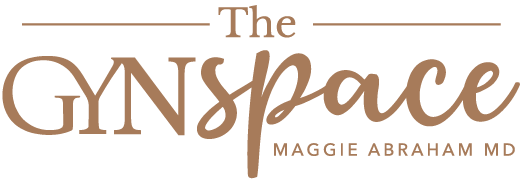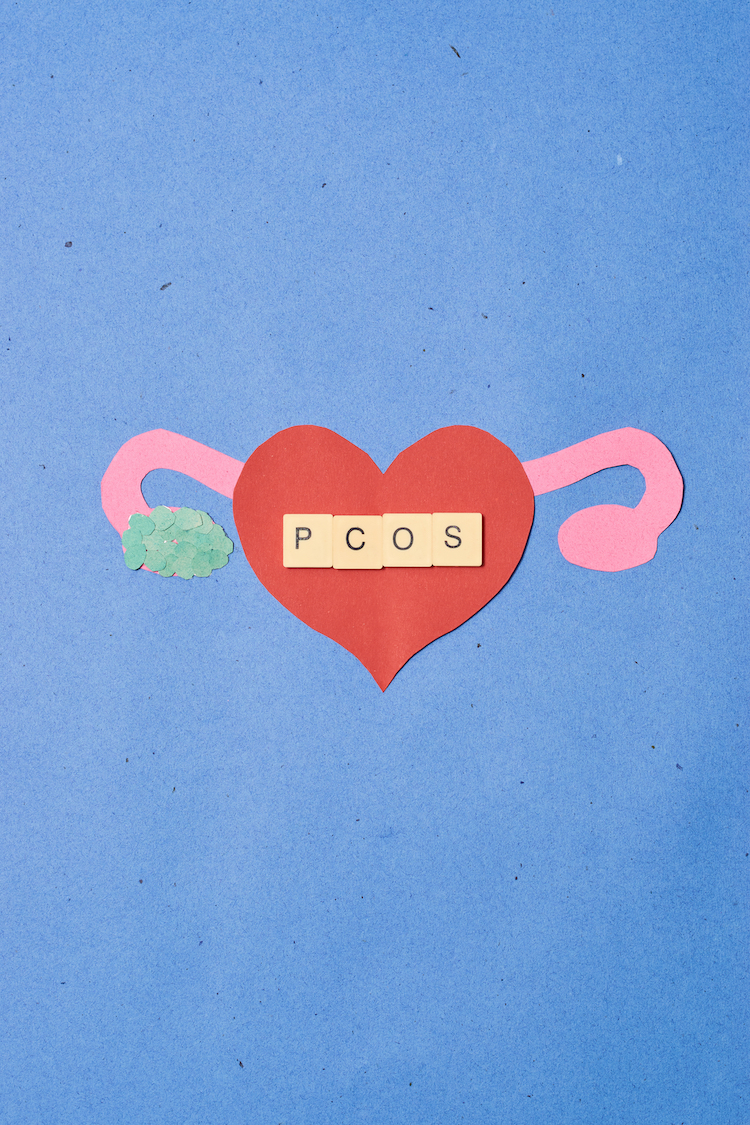
Periods and Your Period as a Vital Sign
What is a Period?
Periods are like a monthly ‘house-cleaning” performed by the body. Estrogen and progesterone, hormones released by the ovaries prepare the lining of the uterus in case a fertilized egg wants to attach and grow. If no fertilized egg attaches, the body cleans up, causing bleeding and then starts preparing for the next month.
Do you remember when you got your first period?
Most people get their first period around the age of 12. But getting it any time between age 9 and 15 is OK. Every one’s body has its own schedule. Periods generally last 3-7 days and the average blood loss over the course of a period is 2-3 tablespoons (30-50ml). They are often irregular at first but improve over time. It’s a good idea to track them once they start. Four or more periods are expected in the first year, this increases to at least 6 periods in the second year, at least 8 periods year 3-5 and most adults have 9-12 periods / year. Factors such as stress, diet, exercise, medications, and illnesses can cause temporary changes in periods. Paying attention to your period and keeping a menstrual diary provides useful health information. Remember, your period is a vital sign so abnormal periods are often an indicator of an underlying problem that warrants a closer look. If you or your adolescent have concerns about your period, please talk to your doctor.
Do you know how to keep a menstrual diary?
To start out with I recommend a calendar such as this or you may prefer the calendar function on your mobile phone. Mark the date of the beginning of your period as day 1 and continue to record daily until your period ends. To calculate the length of your menstrual cycle you count the number of days from day 1 of your period to day 1 of the following period. Compared to adults, adolescents have a slightly wider range of normal cycles generally 21-45 days. Over time you should see a pattern emerge that will help you to predict future periods.
It’s also helpful to calculate the amount of blood loss during your period especially if you are concerned about heavy menstrual flow. This can be a little tricky to do so don’t worry if you struggle at first, your doctor can help you with the calculations.
Record the following information:
- saturation level of your pad / tampon as H=heavy / M=medium / L=light
- # of pad / tampons / menstrual cup (#ml)
- night changes: Y/N
- clots: Y/N
- clot size (dime, quarter, golf ball)
While the easiest way of calculating blood loss is with a menstrual cup most adolescents prefer to use sanitary pads or tampons. The absorbency of sanitary pads can vary between brands, but most regular pads hold approximately 5ml and extra-absorbent pads will hold around 10ml of fluid. Much like sanitary pads a regular sized tampon absorbs 5ml of fluid, and extra absorbent tampons tend to hold twice that amount. But don’t wait until your tampon is full to change it, tampons should be changed every 4-6 hours. To calculate your actual menstrual blood loss, multiply the number of hygiene products you used during your period by 5 ml (in case of regular size products) or 10 ml (for extra-absorbent products). Multiply this number by 0.36 to get the approximate amount of blood you lost during your period because during your period, you’re not just losing blood, fluids like mucus make up nearly 64% of your menstrual flow, and the remaining 36% of your flow is blood.
I also recommend writing down other symptoms you might be experiencing such as pain on a scale of 1-10, or fatigue. Document the use of medications for symptom control including dosage e.g., ibuprofen 600mg. It’s also helpful to note if school or activities are missed during your period.
There are also many free apps available to help with tracking your period, although some apps that “predict” when menses will start may assume a 28-day cycle which for many teens is not the case. If using an app make sure to check if that app keeps your information private.


